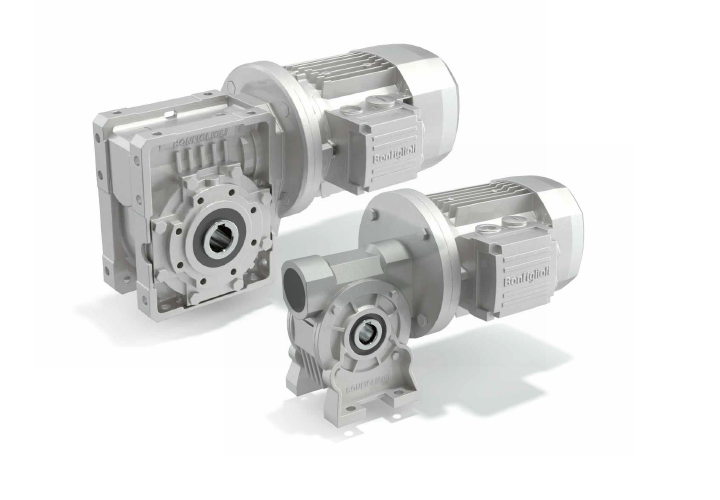In a world of optimization and digitization where factories try to reduce costs and downtime, identifying underlying gearbox failures can help save money and valuable time. For this reason, the service team must become a key part of your optimization process. Experts identify 3 main reasons for gearbox failures.
Gearbox alignment
This first cause of gearbox failure is purely mechanical, the gears are designed to work in a specific configuration and clearance settings for each gear, and when not aligned it can cause load concentration on part of the gear, housing, bearings or other weaker part of the gearbox and cause premature failure . Recognition of non-conformities can be performed during the maintenance period during the entire service life of the gear unit. Prior to failure, a more efficient processing method is to ensure the correct installation of the gear unit during installation in a new application or after servicing some parts of the machine. Regular reductions of gear unit centering by external service companies are also suggested.
We suggest the Schaeffler OPTIME device system that provides efficient and cost-effective testing of your devices. Find out more HERE.
Lubrication
Most gearboxes come with high-quality lubricating oil adapted to the type of application, the environment and the installation configuration. The manufacturer calculates the right amount and defines the right type of oil to ensure ideal lubrication for gears and bearings. Lubrication configurations allow the oil to spread properly in the gearbox, allowing it to create a thin film on the gears. This thin layer of oil prevents contact of the metal and between the gears during their engagement. During the life of the gear unit, the quantity and quality of oil can change depending on the application and regular service intervals. Sealing and protection from external contaminants, which can affect the quality of the oil, is a good method to ensure the health of the gearbox, and an annual oil change is recommended to allow for optimal lubrication. During the oil drain, a quick analysis of the amount of oil, color, the presence of external elements can give a key indicator of the condition of the gearbox. Heavy-duty gearboxes can lose a significant amount of oil during their operation, causing a lack of lubrication and irreversible damage.
Overload and operating errors
Often exposed to harsh operating conditions, gearboxes also suffer from overloads and operating errors. They are initially delivered with the correct configuration and service factor that offer optimal performance. However, working conditions for the end user can vary from day to day and sometimes rise to extremes in facilities like; water treatment plants, bulk manufacturers and recycling companies. During these emergency events, large loads on the output shafts, torques and stopping devices are stopped. A fully loaded conveyor, mixer or crusher requires extra effort for and reducers until it reaches the required operating speed. Starting devices and custom automation can reduce overload and reduce gear effort.
Unfortunately, it is difficult to identify a damaged reducer in such a noisy environment, especially because it rarely shows a difference in noise or vibration until it is too late. At this stage, the operating temperature of the gearbox remains a good factor in recognizing potential failures that sometimes last for years. Although the causes of gearbox failures are not limited to these 3 causes, applying these basic tips could help you save thousands of dollars and a lot of valuable time.
Astraprom offers you a wide range of top gearboxes and gearbox parts that you can view HERE.
SOURCE: www.bearing-news.com


